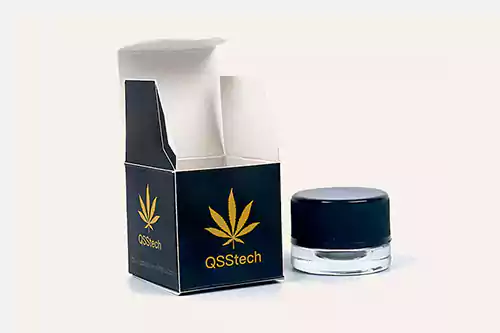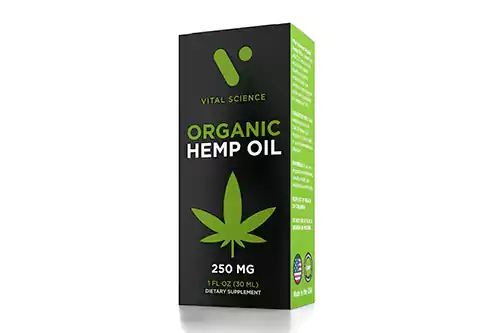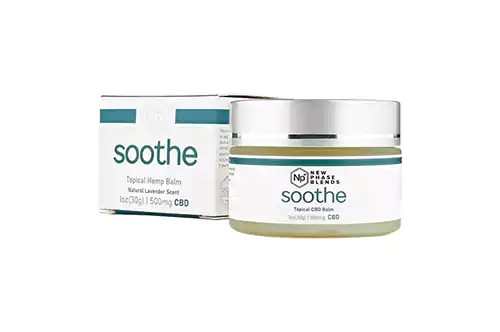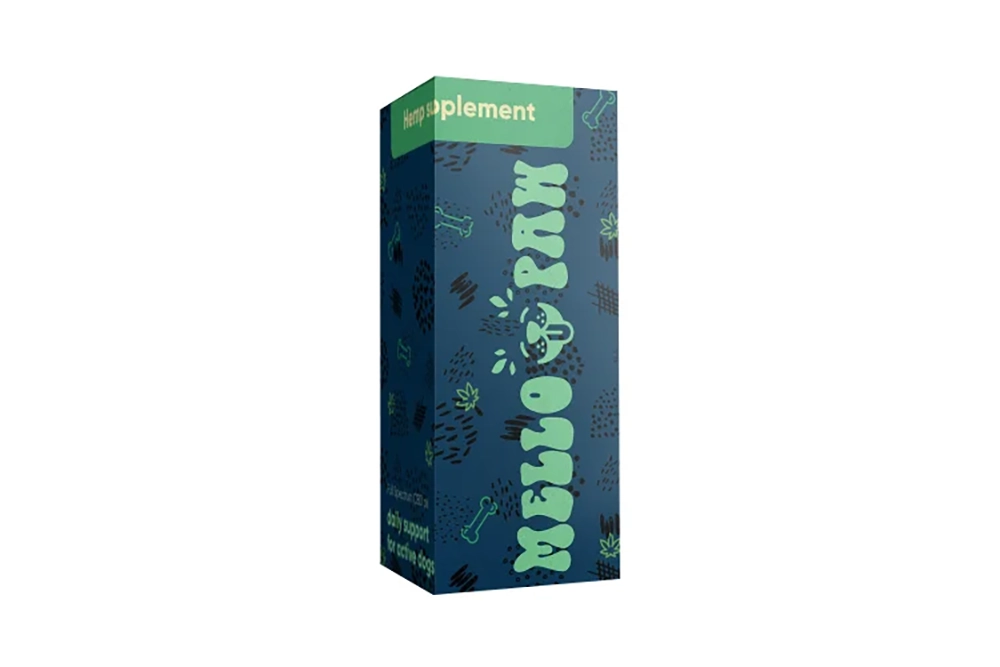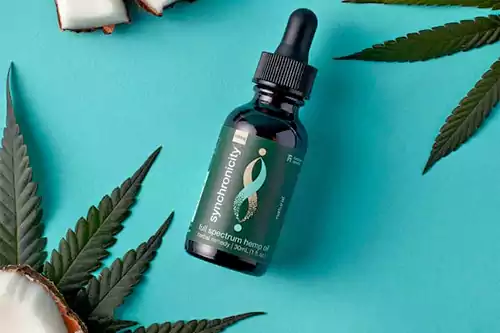What is the Purpose of CBD Packaging?
CBD is a popular product that is used for medicinal and recreational purposes. CBD oil packaging needs to be compliant with regulations in order to be sold. The purpose of CBD packaging is to provide the customer with information about the product, such as its ingredients, quality, and dosage instructions .CBD can be found in a variety of forms including pills, liquid drops, lozenges, and sprays.
All of these products require proper labeling and safety precautions to protect the end user.Labels are not required for most liquid drops and sprays as they contain only trace amounts of CBD. Labels are required for any other product made with CBD. For example, a spray containing high doses of CBD may require the use of a child-resistant cap and cautionary labeling. Bottles with dropper pumps are the most common packaging for liquid drops and sprays because these products are not considered to be a food or drug product. Labels are required on all bottles with dropper pumps regardless of CBD content. Liquids, ointments, and patches that are absorbed through the skin are subject to a slightly different regulatory scheme than other types of CBD-containing products. Because they are used on the body more directly than other types of CBD products, they must be approved by the FDA as a drug and comply with federal standards for new drugs. This process takes longer, but in many cases can lead to better results.
Cannabidiol is insoluble in water but soluble in organic solvents such as pentane. At room temperature, it is a colorless crystalline solid. In strongly basic media and the presence of air, it is oxidized to a quinone. which has been identified as 5-hydroxymethyl-2-methylindol-3-one. Cannabidiol reacts slowly with many oxidants, with the oxidant Fe(III). Cannabidiol is not scheduled by Convention on Psychotropic Substances. As of October 2015, it is technically illegal in most jurisdictions in the world to produce, possess, or distribute CBD without a license from the government allowing for medicinal or industrial use.In June 2014, the Department of Health and Human Services proposed to remove cannabidiol (CBD) as a Schedule I controlled substance under the Controlled Substances Act.
What are the FDA Regulations for Packaging for Cannabidiol?
The FDA regulates hemp-derived products that are marketed as dietary supplements and not drugs. The FDA does not regulate the sale of hemp-derived products marketed as drugs. The FDA has a set of regulations when it comes to packaging for cannabidiol. This includes the following:
- Hemp-derived products must be packaged in a tamper-evident, child resistant package that is opaque, recloseable and labeled to show that the package contains hemp-derived CBD.
- Hemp products must be labeled with a list of ingredients, including any potential allergens, and can't claim to diagnose, treat or cure any disease or condition.
- The only claim allowed on the label is that the product "may reduce" or "may inhibit" certain diseases, such as cancer.
What Are The Most Common Types of CBD Packages?
There are many different types of cannabis packaging. The most common types are the ones that are designed for smoking or vaping. These packages usually have a mouthpiece and a bowl to hold the marijuana flower.
Other common types of cannabis packaging include those that are designed to hold edibles like brownies, cookies, and other baked goods. These packages usually have an opening at the top where you can pull out a piece of food with your fingers or use a fork to grab some more.
Different types of hemp packaging include those for oils and tinctures. These packages often come in dropper bottles with eye droppers so you can easily measure out how much CBD oil you want to take each day.
Can I Sell My Product With No Label or Label That Does Not Meet FDA Requirements?
No, selling a product without a label is not legal and it will be considered an illegal sale by issuing an infringement letter to the business conducting these sales.
Are there any ingredients not listed on the label?
No, unless a product contains an allergen, the ingredients must be listed on the label. This is another reason why it is illegal to sell a product without a label.
If an ingredient is not listed, what should the consumer do?
Consumers should contact the manufacturer if an ingredient is not listed on the label.
Who regulates food safety in Canada?
The Canadian Food Inspection Agency (CFIA) is responsible for regulating food safety in Canada.

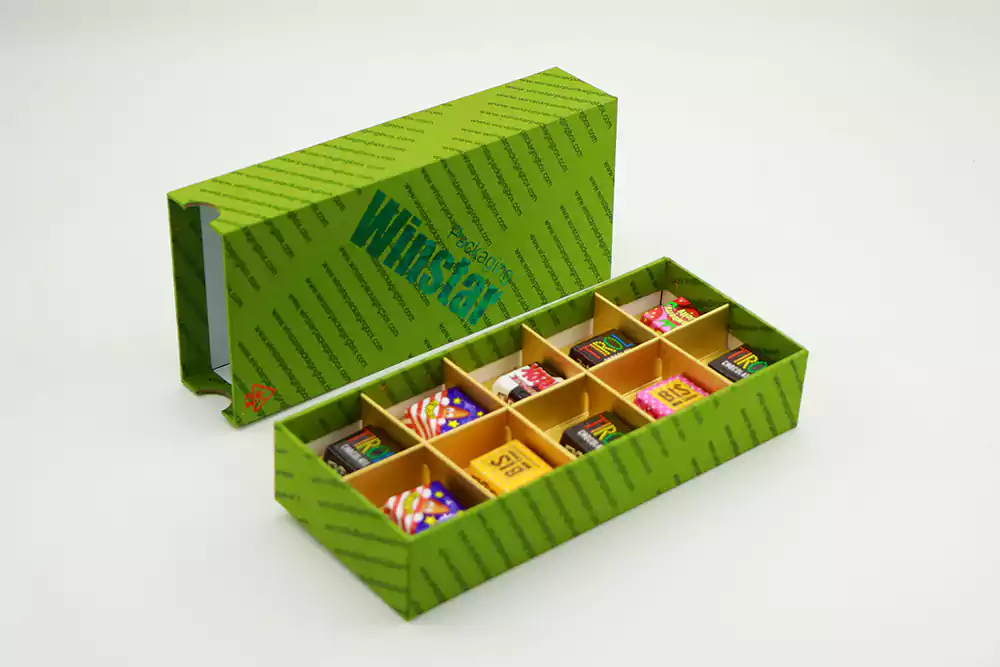
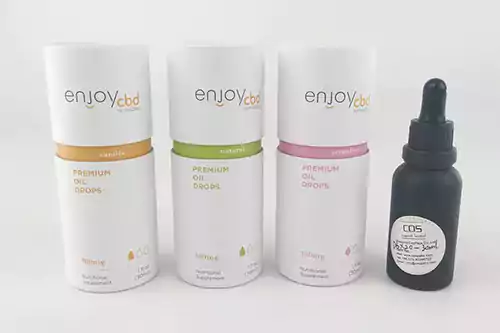
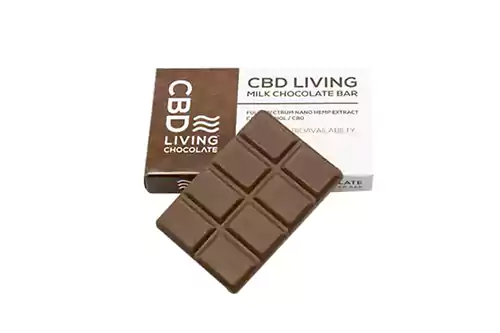
![Custom CBD Lotion Boxes [Factory Prices]](/static/upload/image/20230417/1681696459672981.webp)
